Your Curls Aren’t ‘Difficult’—You’re Just Using the Wrong Playbook
After years and years behind the chair, I can tell you one thing for sure: most people with curly hair think they drew the short straw. They’ll say their hair is “difficult,” “unruly,” or just plain “bad.” And honestly, I get it. But the truth is, your hair isn’t difficult—it’s just misunderstood.
In this article
Curly hair doesn’t play by the same rules as straight hair. Trying to force it to behave like straight hair is where all the frustration, frizz, and bad hair days come from. I didn’t learn the real secrets to curls in cosmetology school; that education came from years of hands-on work, listening to what my clients were struggling with, and seeing what actually works in the real world.
So, this isn’t about some miracle product or a 5-minute hack. This is the foundational method I teach every new stylist at my salon. It’s about building a routine that makes you finally love your hair, not fight it. And fair warning: a full wash day can be a bit of a project, anywhere from 30 minutes if you air-dry to nearly two hours if you’re carefully diffusing. But the results can last for days.
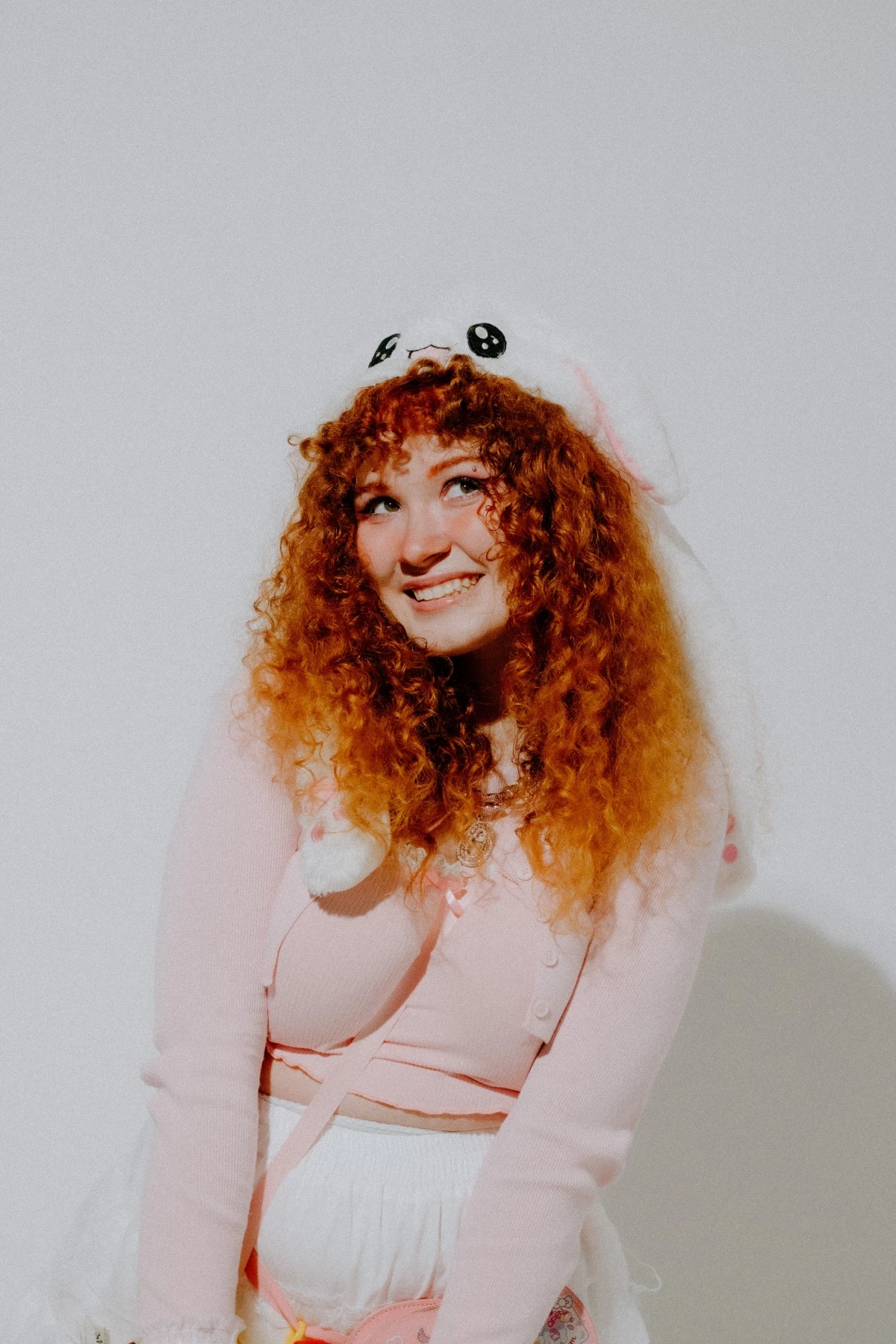
First Things First: Why Your Hair Does What It Does
Before you even think about buying a new product, you need to understand what’s happening on your head. This isn’t just trivia; it’s the key to making smart choices that will save you time, money, and a whole lot of stress.
It Starts at the Root
The whole reason you have curls is because of the shape of the follicles on your scalp. Think of them as tiny tunnels that your hair grows out of.
- Round follicles grow straight hair. Easy peasy.
- Oval-shaped follicles produce wavy or curly hair. The flatter the oval, the curlier the strand.
- Hook-shaped follicles create very tight, coily hair.
This is built-in. It’s why you can’t just “train” your hair to be straight without serious heat or chemical intervention. The sooner you embrace your natural pattern, the sooner you can start working with it.
Porosity: The One Thing That Changes Everything
Okay, this is probably the most important factor you’re currently ignoring. Porosity is all about your hair’s ability to absorb and hold onto moisture. It’s way more important than your curl pattern (like 2c or 4a) when it comes to picking products.

Low Porosity Hair: The outer layer of your hair, the cuticle, is sealed down tight. This hair is often shiny but resists moisture. Products tend to just sit on top, leading to greasy buildup. It takes forever to get wet in the shower and forever to dry.
- It Loves: Lightweight products like lotions, mousses, and leave-in sprays. Think liquidy, not thick.
- It Hates: Heavy butters, thick creams, and pure oils (like coconut oil), which just coat the hair and weigh it down without ever sinking in.
- Try This: For a leave-in, something lightweight like Kinky-Curly Knot Today works wonders. For a gel, a water-based one like Curlsmith’s Hydro Style Flexi Jelly is fantastic because it won’t cause a ton of buildup.
High Porosity Hair: The cuticle is wide open, maybe from genetics or damage. This hair sucks up water and product like a sponge… and loses it just as fast. It often feels dry, gets frizzy easily, and can be prone to tangles and breakage.
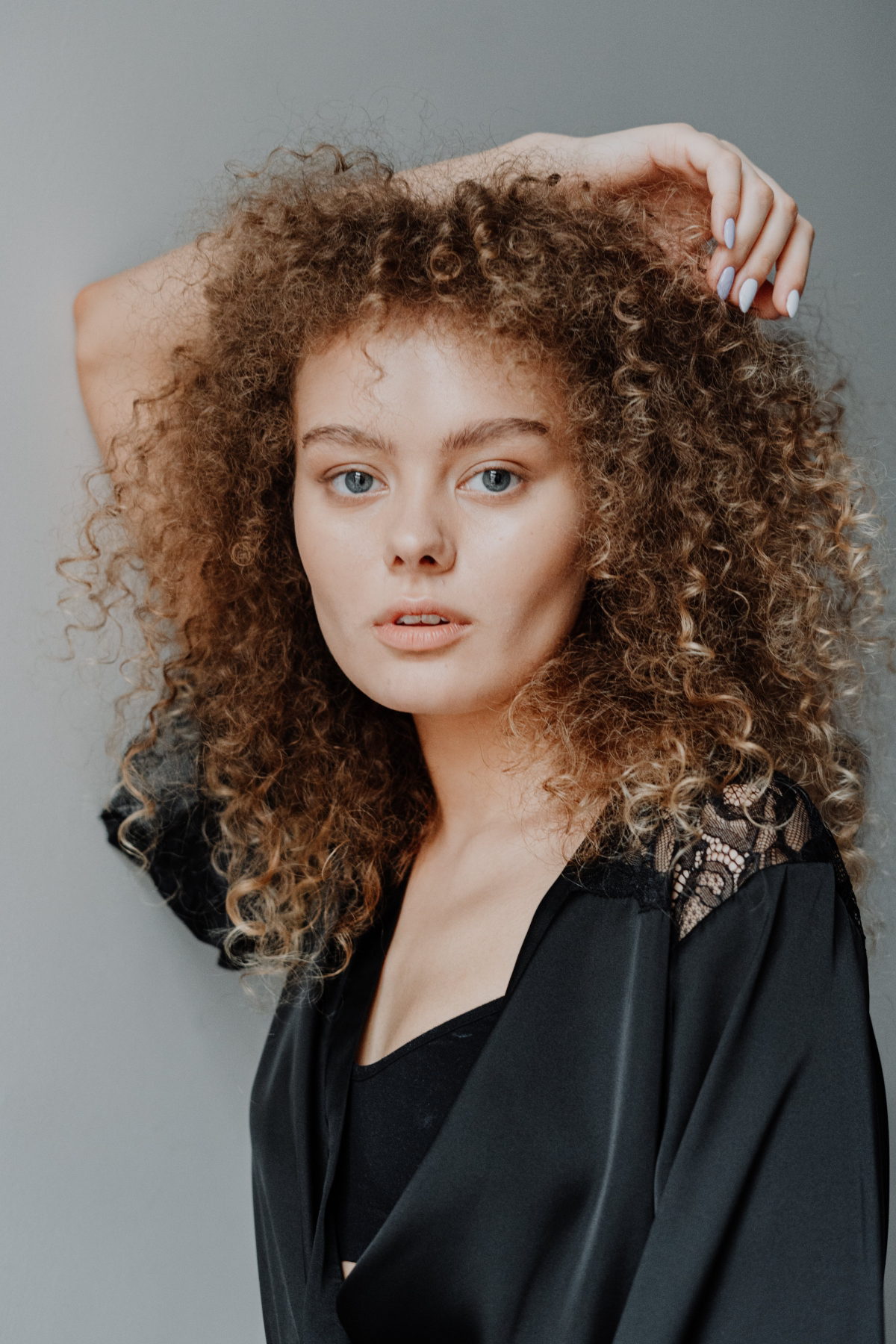
- It Loves: Rich, thick creams, butters, and sealing oils to lock in all that moisture it absorbs. It needs layers of product.
- It Hates: Products with no substance. Lightweight mousses and sprays often aren’t enough to keep it hydrated and will leave it looking frizzy an hour later.
- Try This: A rich cream like the classic Shea Moisture Coconut & Hibiscus Curl Enhancing Smoothie is a great starting point. Layering a few drops of jojoba or argan oil on top of your stylers can help seal the cuticle.
Quick tip: To get a rough idea, you can try the float test. Drop a clean, shed hair in a glass of water. If it floats for a long time, it’s likely low porosity. If it sinks right away, it’s probably high porosity. It’s not perfect science, but it’s a good starting point!
The Pro’s Wash Day Routine
Your wash day is everything. It sets you up for great hair for the next 2, 3, or even 4 days. The goal here is simple: clean your scalp, but flood your hair strands with moisture.
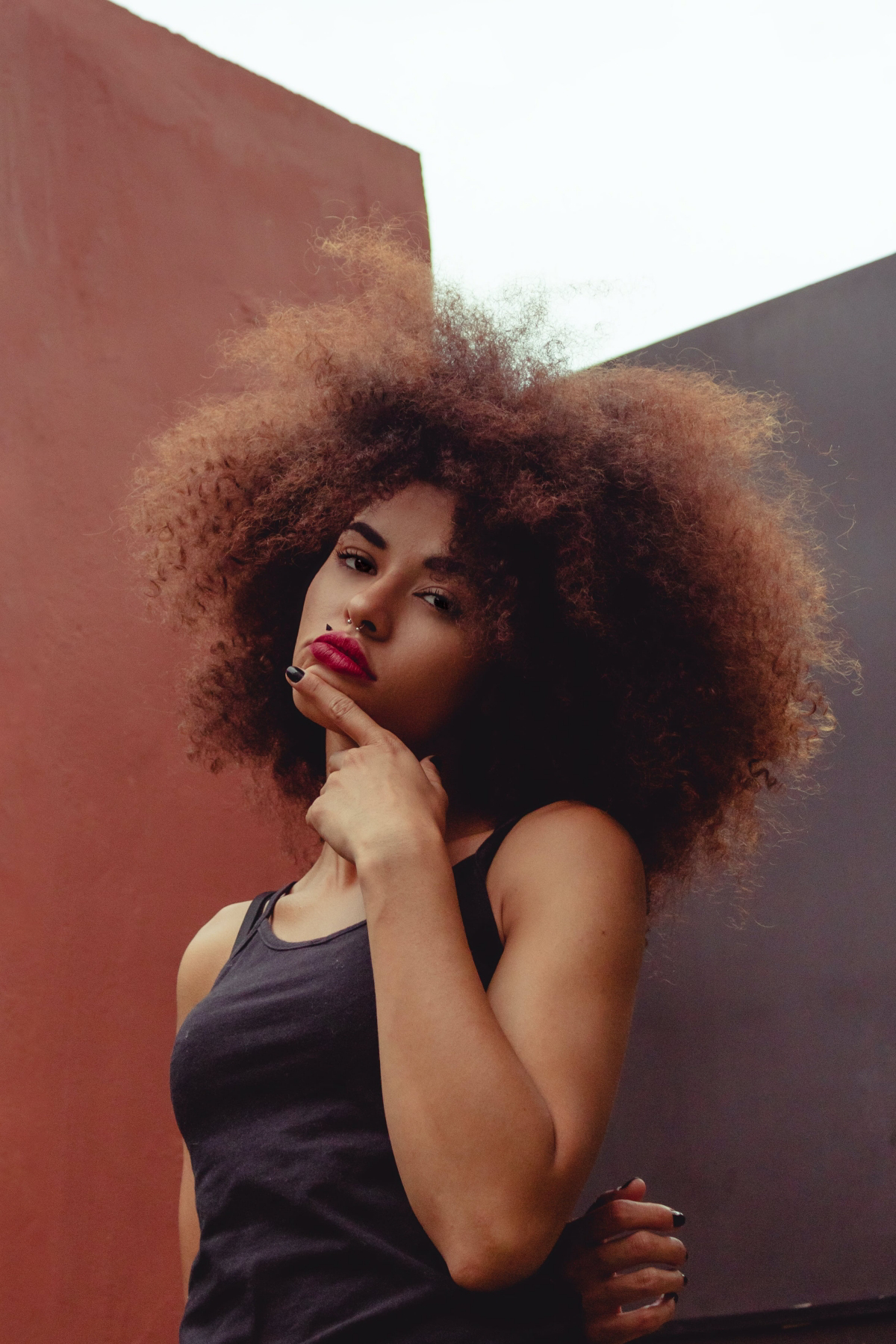
Step 1: Choose the Right Cleanser
“Shampoo” isn’t a one-size-fits-all word in the curl world. You have options, and what you choose depends on your hair.
- Co-Wash: This is basically washing your hair with a specific cleansing conditioner. It’s super gentle and best for really dry, high-porosity hair that feels like it can never get enough moisture. The As I Am Coconut CoWash is a classic for a reason.
- Low-Poo (Sulfate-Free Shampoo): This is the sweet spot for most people. It cleans your scalp without stripping your hair of its natural oils. I recommend this as the go-to for most of my clients. Brands like Not Your Mother’s Naturals or Mielle Organics have great options that you can find at most drugstores for around $10.
- Clarifying Shampoo: This is your reset button. Use it once a month or so to get rid of product buildup or hard water minerals. If your hair feels limp, dull, or your products suddenly stop working, it’s time to clarify. The Suave Daily Clarifying shampoo is under $3 and gets the job done, but if you have hard water, look for one with an ingredient like Disodium EDTA to really remove those minerals.
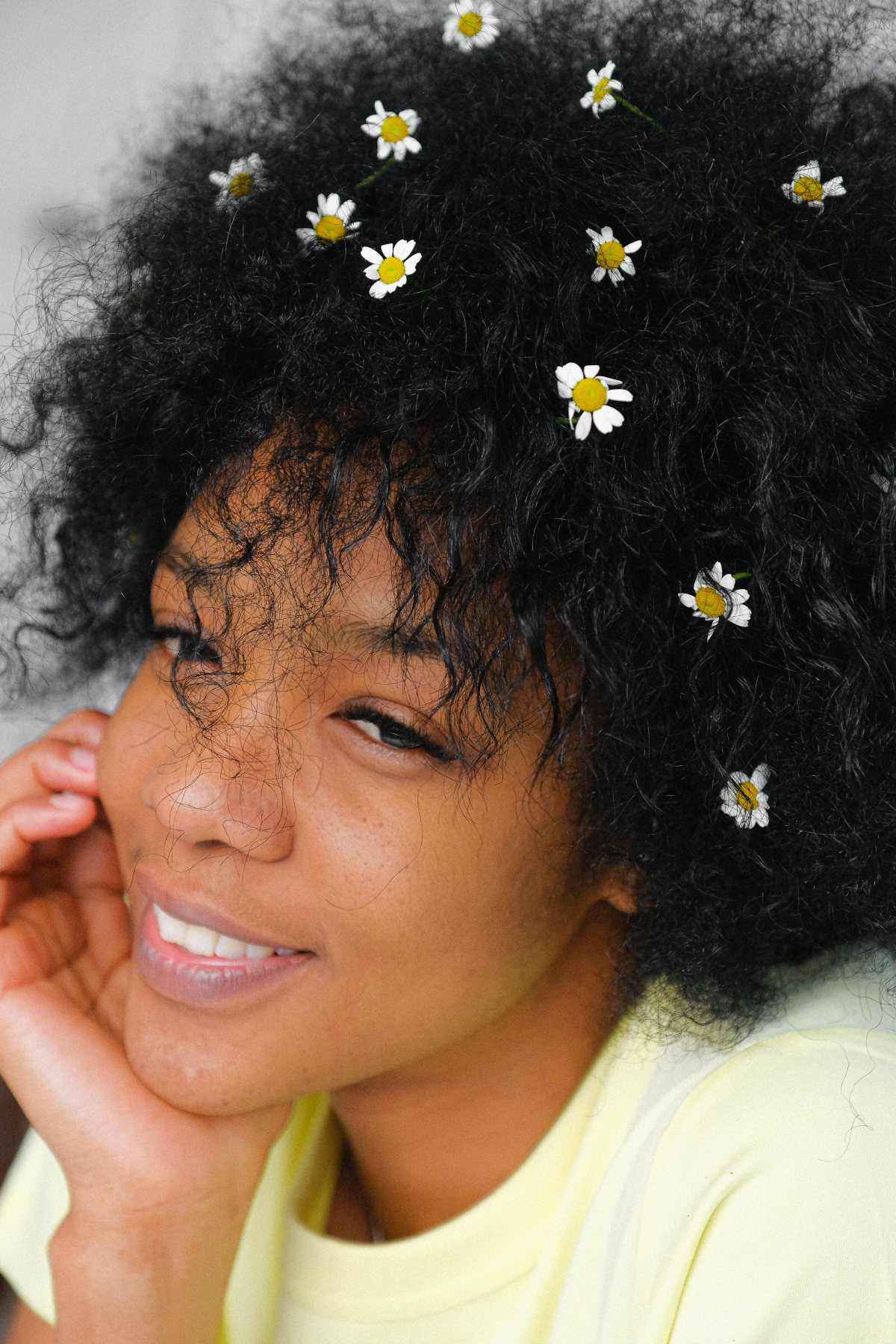
Step 2: The Art of Conditioning (This is CRUCIAL)
If you’re going to spend money anywhere, spend it on a good conditioner. This is where the magic happens. After rinsing your cleanser, slather on a generous amount of conditioner on soaking wet hair. Seriously, it should be dripping.
Then, follow what I call the “Squish to Condish” method:
- Gently detangle with your fingers, starting from the bottom and working your way up. Never, EVER start detangling from the root—that’s how you create a giant knot. If you must use a tool, use a wide-tooth comb only when your hair is soaked and slippery with conditioner.
- Once detangled, cup some water in your hands and bring it up to your ends, scrunching upward toward the scalp. You should hear a squishy sound. This physically helps push water and conditioner into the hair strand.
- Keep doing this until your hair feels smooth, slippery, and almost like seaweed. That’s the signal that it’s properly hydrated.
- Let it sit for a few minutes, then rinse. For most people, I suggest only rinsing out about 90%, leaving a little bit of that slippery feeling on your ends.
By the way, I once had a client come in with what looked like a halo of broken hair around her face. It turned out she was brushing her curls every morning when they were dry. Please, I’m begging you, don’t do this. Dry hair is fragile, and brushing it dry will absolutely snap it. The only time a brush should see your hair is when it’s saturated with conditioner.

Styling: How to Lock in the Look
Styling curls is all about applying products to soaking wet hair to define your curl pattern and lock in all that moisture you just worked so hard to get. If your hair starts to dry before you’re done, keep a spray bottle handy to re-wet it.
Layering Products Like a Pro
There’s an order to this that gets the best results. Think of it as building a house: foundation, frame, and then the roof.
- Leave-In Conditioner (The Foundation): This is your base layer of moisture. It’s especially important for dry, high-porosity hair. Rake it through evenly.
- Curl Cream (The Frame): This encourages your curls to form nice, juicy clumps instead of stringy bits. It also gives a soft, touchable feel. Use your palms in a “praying hands” motion to smooth it down your hair and avoid creating frizz.
- Gel or Mousse (The Roof): This is your protective shell. It creates a “cast” as your hair dries—a slightly stiff coating that shields your curls from humidity and helps them hold their shape for days. Once your hair is 100% dry, you just gently scrunch your hair to break the cast, leaving you with soft, defined curls.
Beginner’s Shopping List on a Budget: Feeling overwhelmed by all the options? Don’t be. You can start this entire journey for less than $10. Go to Target or Walmart and grab a bottle of TRESemmé Botanique Nourish & Replenish conditioner (you can use it to co-wash and condition) and a tub of the classic LA Looks Extreme Sport Gel (the blue one). It’s a killer combo to start with while you figure out what your hair likes.
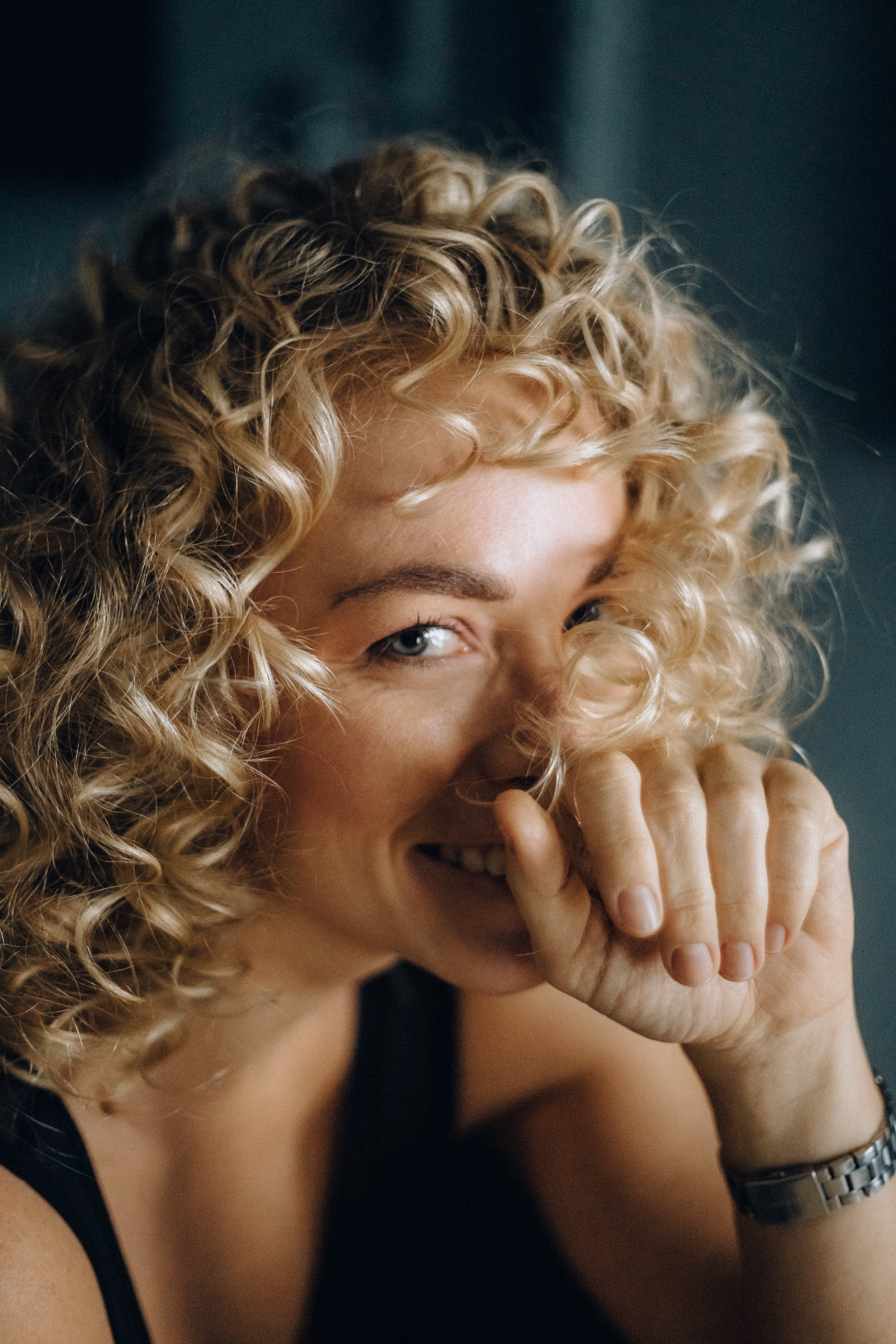
Drying Methods Without Creating Frizz
- Plopping: After applying your products, flip your hair forward onto an old cotton t-shirt or a microfiber towel and wrap it up. This soaks up excess water without the harsh friction of a regular bath towel. 10-20 minutes is plenty.
- Diffusing: This is the fastest method. Use a diffuser attachment on your dryer on low speed and low-to-medium heat. Instead of just blowing your hair all over, try the “pixie diffusing” method: place a section of curls in the diffuser bowl, bring it up to your scalp, then turn it on. Hold for a minute, turn it off, and move to the next section. This cuts down on frizz big time.
- Air-Drying: The gentlest method, but also the slowest. The only rule is: DON’T TOUCH IT. Seriously. Any fiddling while it’s drying will disturb your curl pattern and create frizz.
Quick Fixes for Common Curl Problems
Even with the best routine, things can go wrong. Here’s a quick troubleshooting guide.

- If your hair feels greasy or weighed down… you’re probably using products that are too heavy for your porosity (hello, low-po people!), or you have buildup. Time to use a clarifying shampoo and switch to lighter products like lotions and mousses.
- If your curls look stringy and not clumpy… you need more water. Your hair should be sopping, dripping wet when you apply your stylers. You might also need a product with more hold, so try using a bit more gel.
- If your hair feels crunchy and stiff after it dries… don’t panic! That’s the gel cast doing its job. Just wait until your hair is 100% dry, then gently scrunch your hair with your hands to break the cast. You can even put a single drop of a light oil on your palms to help.
Finding a Pro and Protecting Your Hair
A good haircut is the architecture of your style; no product can fix a bad one. It’s critical to find a stylist who specializes in cutting curly hair. Search online for “curly hair specialist” or stylists who are trained in dry-cutting techniques. This is where they cut your hair curl by curl while it’s dry, allowing them to shape it to how it naturally lives.

Heads up, a specialist isn’t cheap. Depending on your city and their expertise, you could be looking at anywhere from $95 to over $250. But a great cut can look amazing for months and make your daily routine infinitely easier. It’s an investment.
Finally, be patient. Your journey to loving your curls is a marathon, not a sprint. You’ll have to experiment. You’ll have some great hair days and some not-so-great ones. But if you listen to your hair and give it what it truly needs—moisture, gentle handling, and the right products—you’ll get there. And if you ever experience sudden, significant hair loss or a painful scalp, please see a dermatologist first. We stylists are great with hair, but a doctor needs to handle anything stemming from your health or scalp.
Galerie d’inspiration


Gel: Creates a strong
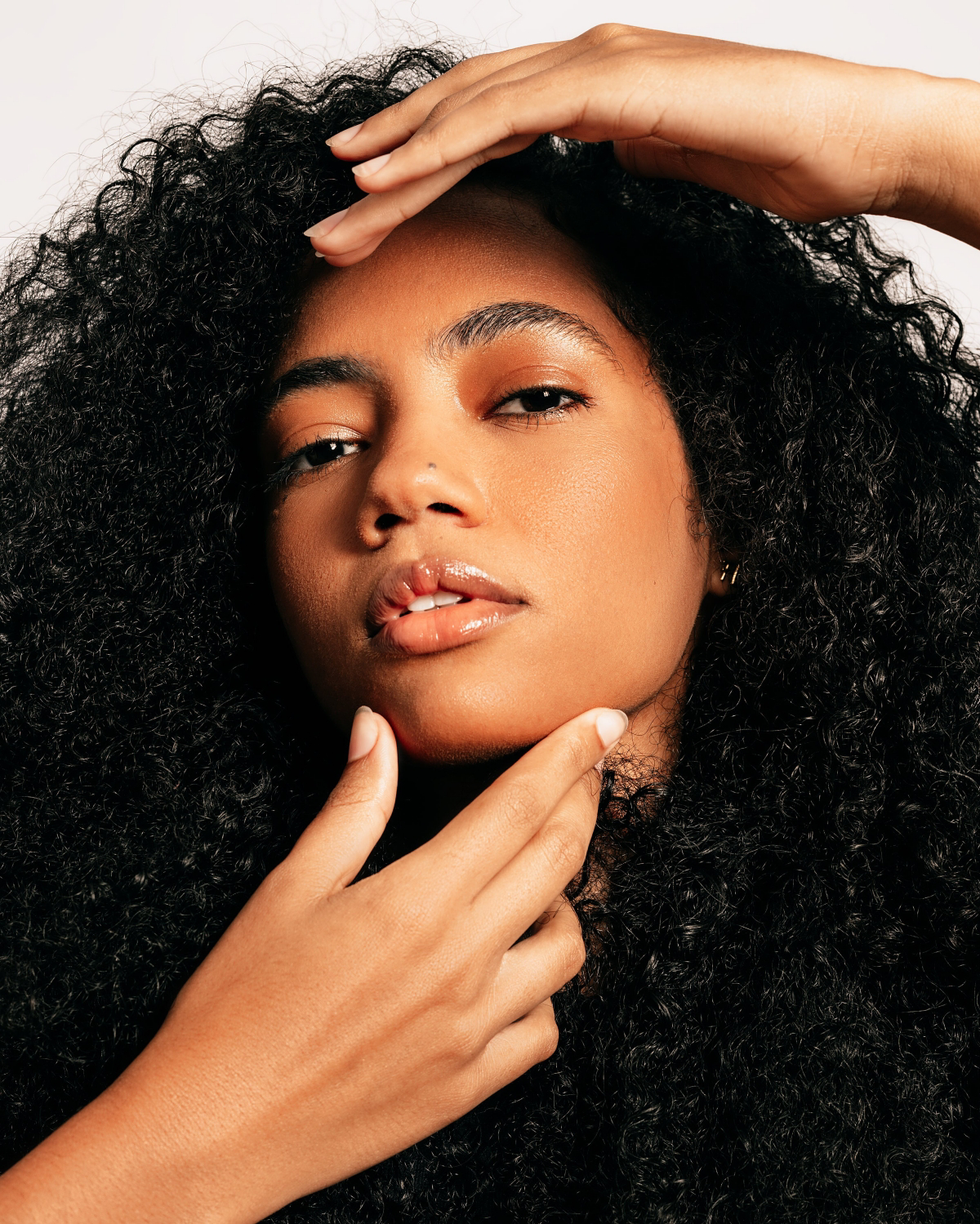
Fact: Most terrycloth bath towels have rough loops that snag on the hair’s cuticle, creating frizz and disrupting your curl pattern before you’ve even started styling.
This is why curly hair specialists swear by swapping them out. For a simple upgrade, gently scrunch your wet hair with a soft cotton t-shirt or, for even better results, a microfiber towel. This small change absorbs excess water without causing friction, preserving your curl clumps for a smoother finish.
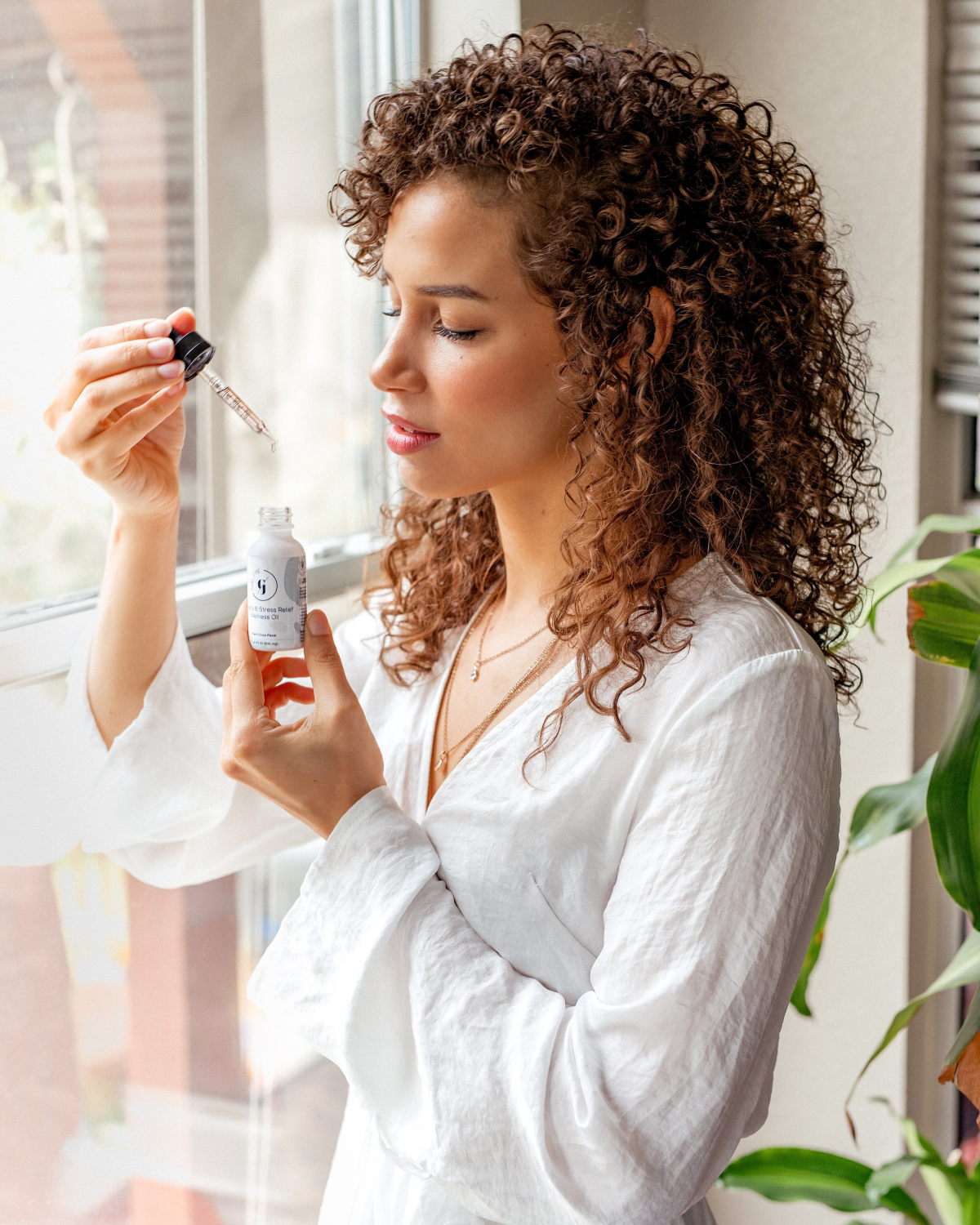
How do I protect my curls while I sleep so they don’t look like a mess in the morning?
Nighttime protection is the secret to multi-day hair. The friction from a cotton pillowcase is a curl’s worst enemy. The solution is twofold: reduce friction and secure your hair. A silk or satin pillowcase is a game-changer, allowing your hair to glide instead of snag. For added protection, gather your hair into a loose high ponytail on top of your head (the
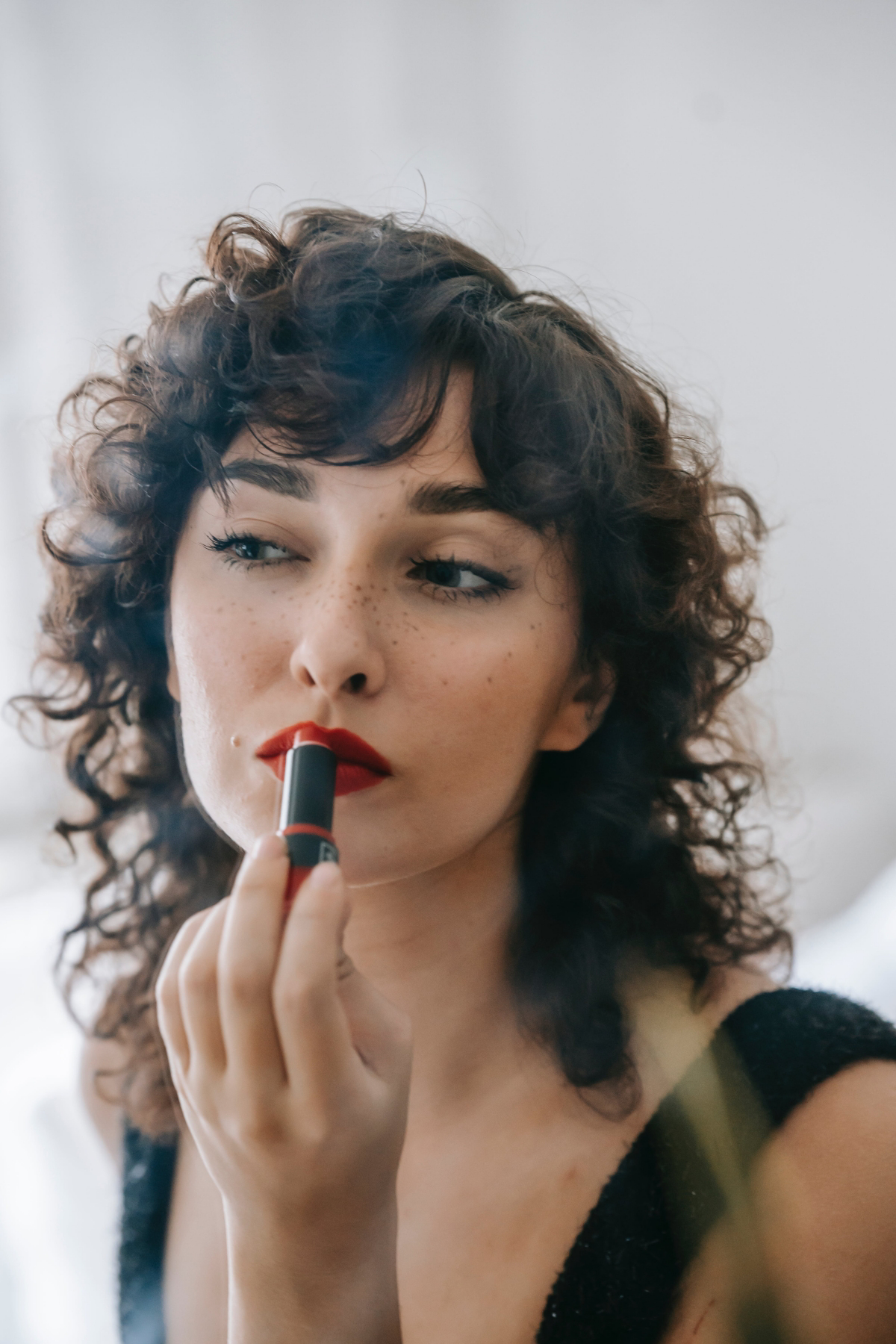
- Dramatically reduces breakage and split ends.
- Restores bounce and softness to dry, brittle hair.
- Deeply nourishes the hair shaft for a brilliant shine.
The secret? A weekly deep conditioning ritual. You don’t need a pricey product to start. Try a DIY mask: mash half a ripe avocado with a tablespoon of olive oil and a tablespoon of honey. Apply to clean, damp hair, leave on for 30 minutes under a shower cap, and rinse thoroughly before styling.

Over 65% of the world’s population has wavy, curly, or coily hair, yet most haircare was historically formulated and marketed for straight hair types.
A major mistake: Focusing only on the lengths of your hair. Remember the article’s point about follicles? Healthy, defined curls begin with a healthy, balanced scalp. Over-cleansing with harsh sulfates can strip it, while product buildup can clog it. Consider incorporating a gentle clarifying shampoo, like Ouai’s Detox Shampoo, once or twice a month to remove residue and give your scalp a fresh start. It makes a world of difference in how your styling products perform.










